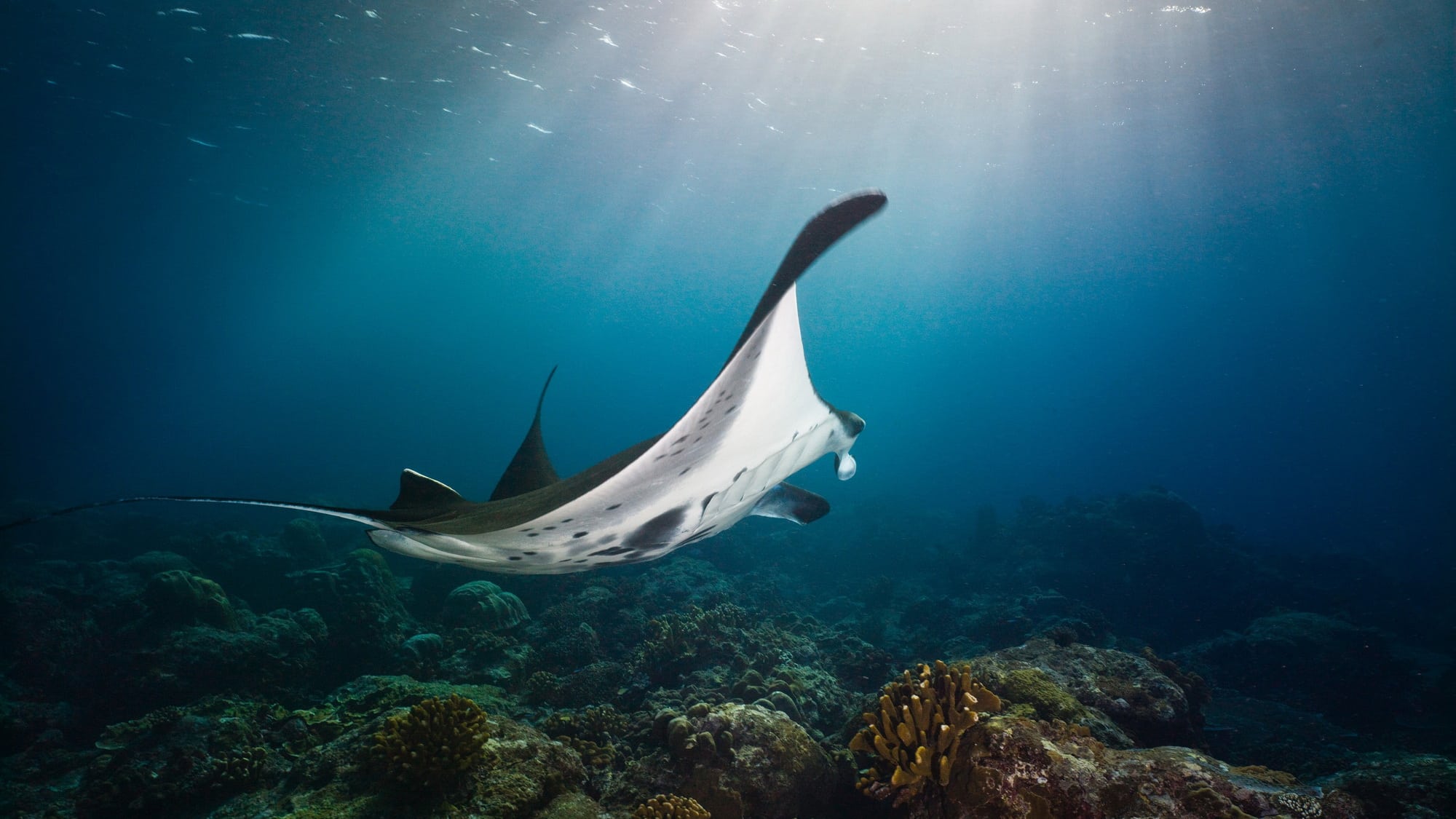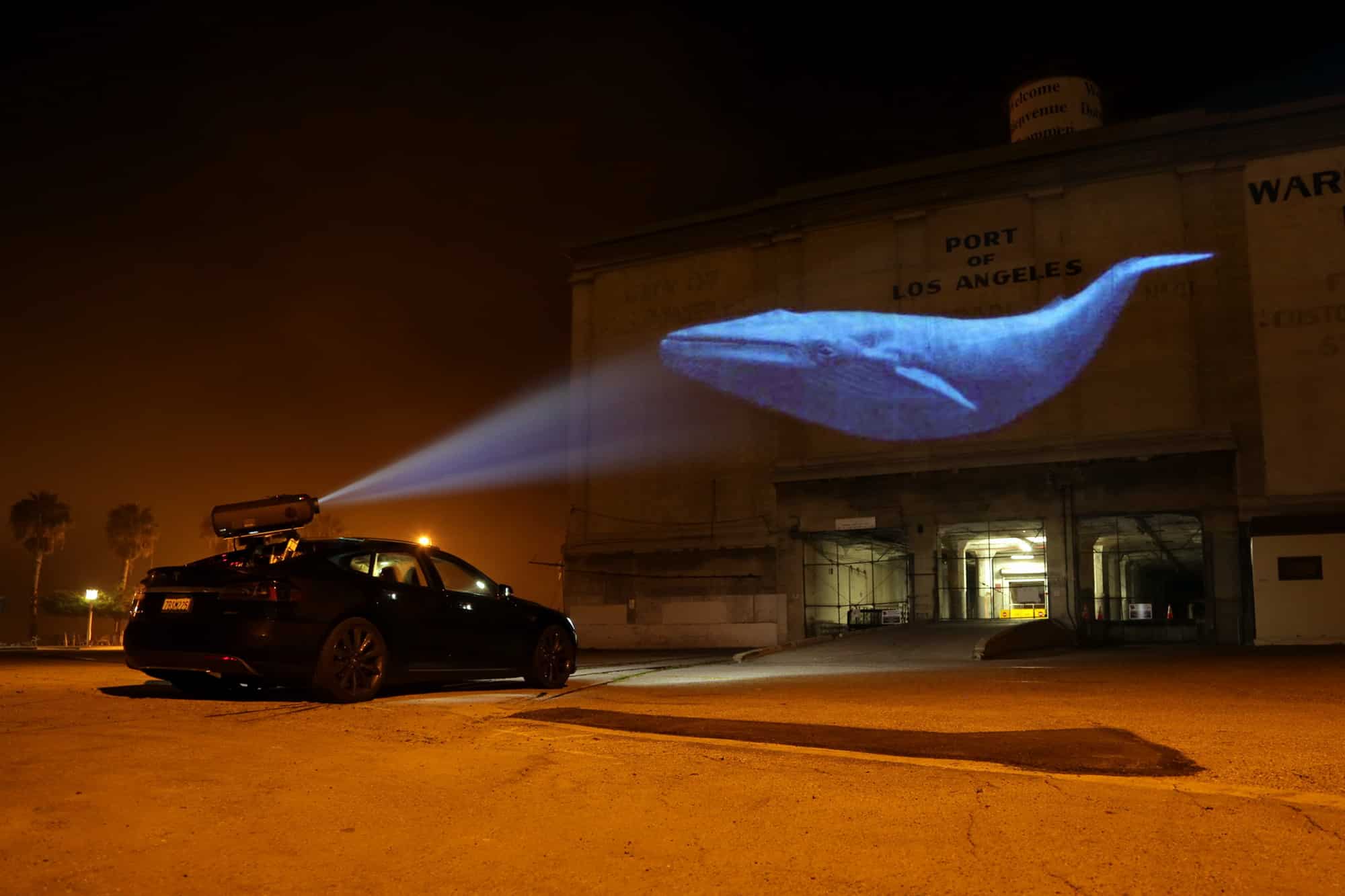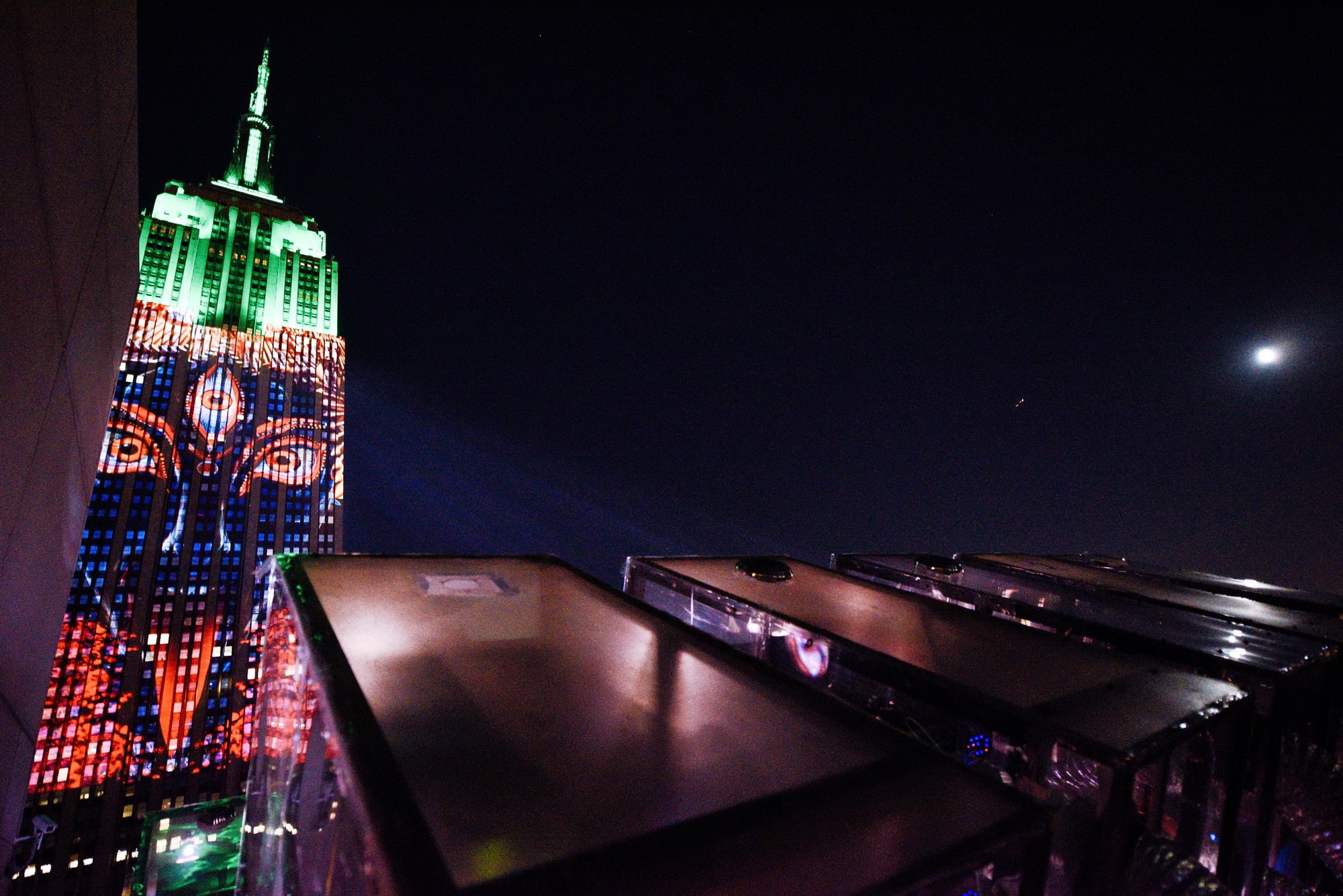In the 2013 edition of Inhuis, we announced an important new marine conservation project: a major documentary-drama film by Louie Psihoyos, the award-winning director of The Cove, with the backing of Royal Huisman yacht owner Dieter Paulmann and his Okeanos – Foundation for the Sea. Still in its final editing stages at the time of reporting, the film is anticipated to premiere at a leading festival during the fall of 2014 or early 2015. A ‘work in progress’ rough-cut was presented at the Tribeca Film Festival last April, where the film crew received a standing ovation from a capacity audience.
6 is more than a film. It is an urgent wake-up call to the imminent prospect of the world’s 6th major mass extinction: the so-called Anthropocene* extinction, named for the geological period defined by the global impact of human activities on the world’s ecosystems. As Louie Psihoyos notes: “What we are doing to the Ocean is unconscionable.” But he also acknowledges that “People do not want to see a film that’s going to make them depressed, especially as there are solutions. So we set out to make a thriller. We don’t want to preach – only a poor documentary preaches. A good one just shows.”
The result is an exciting and thought provoking, shocking yet stimulating ride through human and ocean worlds that follows the film crew working, often covertly, in concert with dedicated conservation investigators to uncover and confront some of the worst excesses of marine despoliation. Themes include the trade in endangered species (the illegal global wildlife trade is now second only to drugs, says Psihoyos), habitat destruction, over-fishing, acidification and pollution.
*Anthropocene (Anthropo- meaning “human” and -cene meaning “new”)
The action opens in Santa Monica with the exposure of a ring selling endangered whale meat to sushi restaurants. It then moves on through a host of exotic locations including China, Japan, Indonesia, Tonga, Niue, Mexico and the Dominican Republic. The pace is as gripping as the unfolding story; at times unnerving, but often uplifting.
Wholesale extinctions and their impact on mankind are examined in relation to both the largest and the smallest creatures in the marine ecosystem. “At the top of the chain is the blue whale, the largest creature that has ever existed on earth,” says Psihoyos, who is also the founder of the Oceanic Preservation Society (OPS). “With as few as 10,000 remaining, the species is now critically endangered. Its extinction would be tragic, but just consider what is happening at the lower end of the spectrum. Plankton are invisible to the naked eye, yet their combined presence can be seen from space. Why do they matter? Because they furnish two out of every three breaths of air that we take. They are highly vulnerable to changes in ocean acidity and even the yearly one per cent diminution in plankton currently predicted would ultimately threaten all life, humans included.”
If this sounds bleak, Psihoyos makes sure to strike a balance. He points to the inspirational work of Shawn Heinrichs, who persuaded shark-fishing villagers in Mexico to transform both their livelihoods and the threat to marine life by adopting shark tourism. He has taken the same model to Indonesia, where endangered manta rays, killed solely for the use of their gills as bogus medicine, will be protected thanks to ecotourism. Anyone with a love of the sea, and most especially those who sail the oceans to enjoy their beauty and diversity, will surely feel the strongest resonance with the messages presented by 6. When Inhuis asked Psihoyos about his mentors and influences in the fields of marine conservation and filmmaking, Jacques Cousteau headed up the list of conservationists. Interestingly, however, Royal Huisman owner-sailors Dieter Paulmann and Jim Clark were nominated for the latter role because, as Psihoyos explained, “they were willing to put their faith in me and to give me a free hand to achieve the very best I could.”
opsociety.org
okeanos-foundation.org
The photogapher turned film maker
At just 23, Louis (Louie) Psihoyos an American photographer and documentary film director won an unprecedented first place in every category of the prestigious College Photographer of the Year award. Later he became the first new National Geographic on-staff photographer to be hired in more than a decade. Psihoyos has established himself as one of the premier documentarians of the digital age with his illuminating portraits of the ‘Bit-Barons’ such as Bill Gates, Larry Ellison and Jim Clark. He photographed and published a book, Hunting Dinosaurs, and later in 1998 was asked to photograph for a book on Hyperion, the 47m/156ft Royal Huisman sailing yacht launched in 1998 for Jim Clark. In 2009 Psihoyos, backed by Clark, directed and appeared in the Oscar-winning, feature-length documentary The Cove. Enthused by The Cove, Dieter Paulmann, another Royal Husiman owner and passionate marine preservationist, approached Psihoyos with an idea that will soon be realised as ‘6’.
OPS lights up Empire State Building and captivates the world
On August 1st 2015 Manhattan came to a standstill as Oceanic Preservation Society (OPS) founder and film director Louie Psihoyos presented an extraordinary spectacle. 160 of the world’s most endangered creatures were projected, one by one, onto the side of the Empire State Building to dramatise threats to our ecosystem and to promote Psihoyos’ latest work, Racing Extinction. The film is an ecothriller that highlights illegal practices in the wildlife trade while offering hope for an end to the degradation of ocean and terrestrial environments. Supported and produced by Royal Huisman owners Jim Clark and Dieter Paulman, Racing Extinction will be broadcast worldwide on the Discovery Channel on December 2nd 2015.
“Marine conservation – Mission critial” was first published in a previous edition of inhuis: one of several stories which withstood the test of time. Therefore worth recycling and minimal waste on the environmental front!
The marine environment: playing our part
Sailors have a strong affinity with the oceans and few can fail to be concerned about the steady degradation of the ocean environment. Many superyacht sailors not only care a great deal about the oceans but are seeking to use their influence and resources to counter the threats. Learn more on this website: news > inhuis stories & updates [link]



